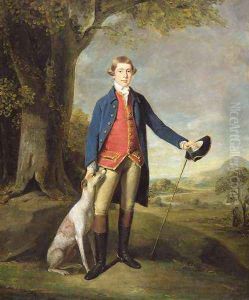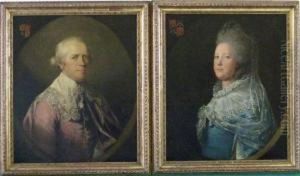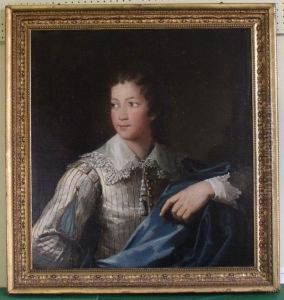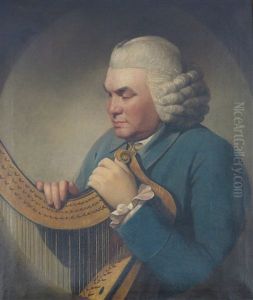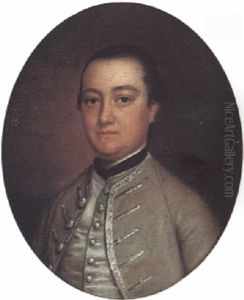William Parry Paintings
William Parry was an English portrait painter, born in 1743 in London. He was recognized for his talent in capturing the likeness and character of his subjects. Parry's father, also named William Parry, was an engraver and likely played a role in his son's early art education. Little is known about Parry's formal training, but his skills developed to a high standard, allowing him to establish a career as a portraitist.
Parry's artistic career was predominantly based in London, where he exhibited works at the Society of Artists from 1765 and the Royal Academy from 1770. Although not as widely known as some of his contemporaries, Parry's portraits were well-regarded for their sensitive approach to depicting sitters and their attention to detail. His style was somewhat influenced by the prevailing rococo taste but also exhibited a growing interest in naturalism, which was becoming more popular in late 18th-century British art.
Unfortunately, Parry's career and life were cut short when he died in 1791 at the age of 48. The exact circumstances of his death are not clear, but it is known that he struggled with financial difficulties throughout his life, which may have impacted his health. Despite his early death, William Parry left behind a number of portraits that still convey his ability to capture the personality of his subjects with grace and subtlety. His works are a testament to the artistic talent that existed in Britain during the 18th century and provide valuable insights into the era's aesthetics and portraiture.
